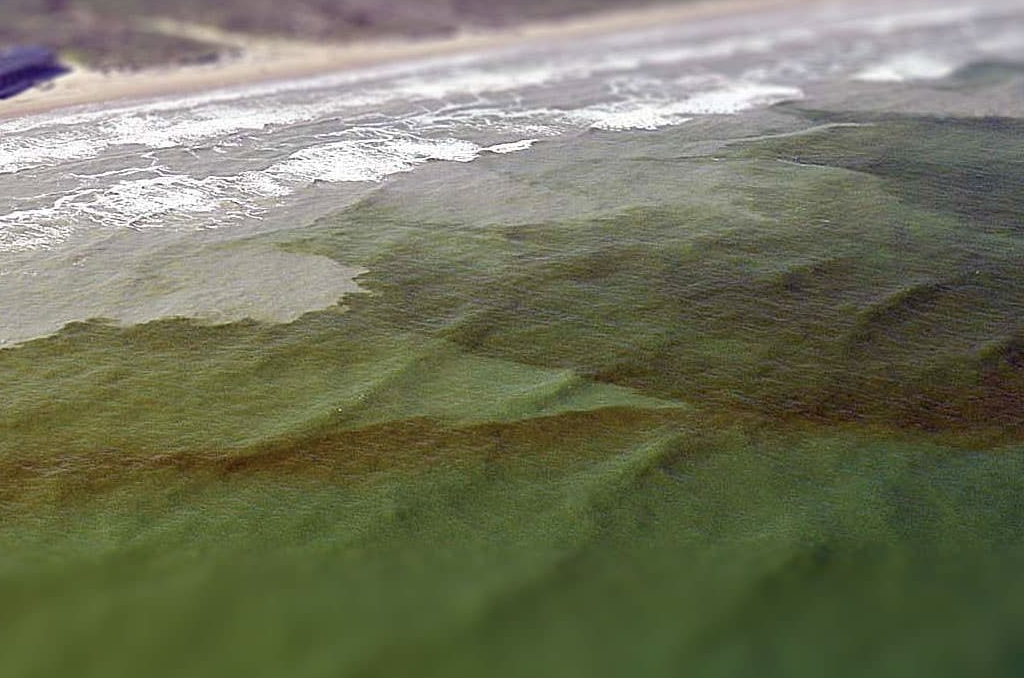Red tide has made its way back to our shores and the devastation to marine life could be enormous.
The algae are currently most prevalent in the waters off of Sarasota, Lee, Collier and Charlotte counties. But it has been slowly making its way north toward the Tampa Bay region. Several fish kills and turtle deaths have been reported already in areas where the algae concentrations are highest.
The high concentrations of red tide were found near Venice Beach and Caspersen Beach. Medium concentrations of the organism were found in samples taken near Nokomis Beach, the Venice Jetty and Service Club Park.
The FWC released a red tide update on Friday (November 8) and it shows the red tide bacteria, Karenia Brevis, was observed in several counties in southwest Florida.
Warm, shallow waters and nutrient runoff from farms, plus decomposing fish, provide the ideal environment for explosive algae growth.
The Red Tide bloom began in late September off Collier County beaches and has been slowly inching its way up the coast since then. In late October, scientists said the algae was detected in “very low concentrations” in Pinellas County.
“Bloom concentrations … were observed in five samples from Sarasota County, two samples from Charlotte County, seven samples from and offshore of Lee County and nine samples from and offshore of Collier County,” the latest Red Tide report from the state Fish and Wildlife Conservation Commission said.
How threatening a red tide is depends on how tightly the microscopic cells are grouped together in the ocean waters. The harmless red tides have levels that are below 1,000 cells per liter of water. The dangerous red tides have levels of 10,000 cells per liter of water. This can cause fish to die. Humans and other animals can start having breathing problems, according to the Florida Fish and Wildlife Commission.
A red tide air quality prediction tool has been designed to help residents with respiratory illnesses such as asthma. The instrument also allows wildlife authorities to assess what day and time would be safe to visit three local beaches.
Elements such as wind and water currents can push the bloom around. When such blooms move close to land, scientists say, their duration and intensity can be fueled by pollution such as fertilizer, leaking sewer lines and faulty septic tanks.
Oceanographers at the University of South Florida analyze the currents to try to predict where the bloom will go next. So far, experts are saying the bloom we are seeing now is not as deadly as last year’s red tide bloom.
There are questions about the role that climate change may be playing in these events.
Scientists are certain that hurricanes and climate change are all part of the reason this keeps happening.
Though very low levels of the organism are not dangerous, health officials will stop the harvesting of shellfish like scallops and oysters once levels become elevated.
While red tide has been occurring since the 1500s, the 2017-2018 event was the fifth-longest on record.
Photo Credit: National Oceanic & Atmospheric Administration (NOAA)

William is the Managing Editor at FloridaInsider.com. His years of experience in journalism, broadcasting and multimedia include roles as a Writer and Web Producer. He graduated from Florida International University with a Bachelor of Science and Communication.

